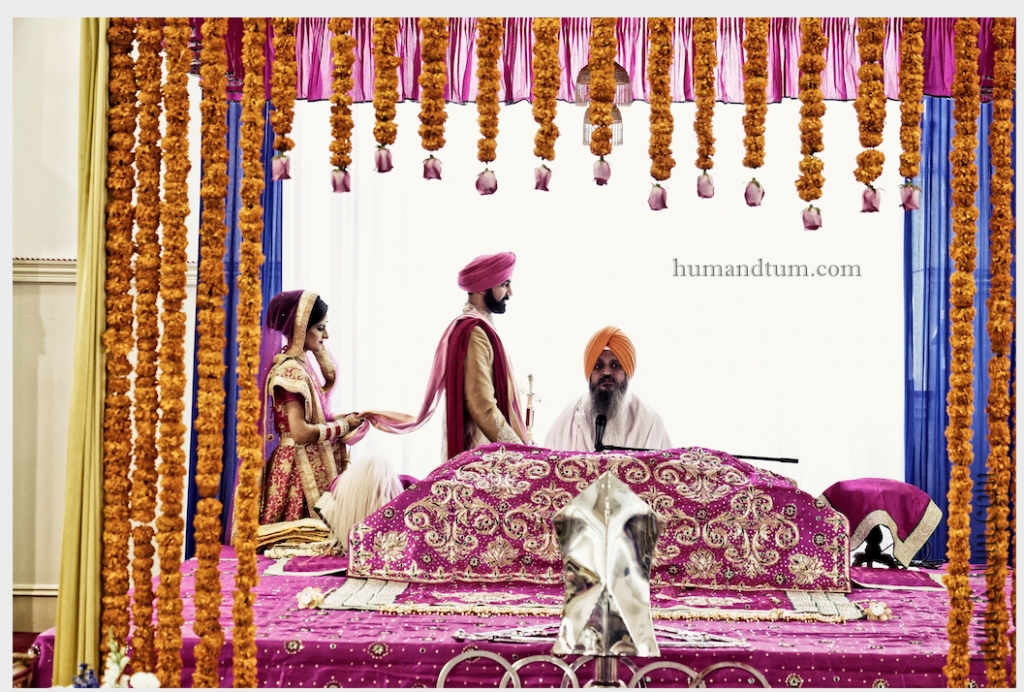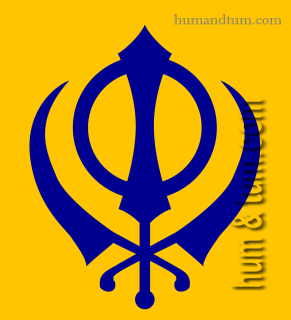
Sikh Importance of Marriage
Marriage in Sikhism is considered as a sacred bond of mutual understanding in attaining a blissful worldly and spiritual life. It is a unity of mind and soul to attain spirituality. The main aim of marriage in Sikhism is the unification of two souls with the Lord.
The ‘Anand Karaj’ is a Ceremony of Bliss where the couple accepts Guru Granth Sahib as their ultimate guide to lead a journey towards the divine. Couples vow to an emotional, social and sacred union centered around the teachings of Gurus by encircling around Guru Granth Sahib. Anand Karaj is a socially sanctioned, legally accepted, and religiously granted union.
The concept of Marriage in Sikhism is very well demonstrated by Guru Amar Das, the 3rd Guru of the Sikhs that marriage is an endeavor of unifying the two individual souls to the Universal Soul. The Ten Gurus of Sikh have high regard for the state of marriage, and they entered into the sacred bond of marriage. They insisted that marriage is not just a social contract, but that its ultimate purpose is to coalesce two souls into spiritually inseparable.

Couples circling Guru Granth Sahib after every four ‘Lavan’ the wedding hymn composed by the Guru Ramdas Ji celebrates the union of Atma and Paramatma. The Lavan is a source for a successful marriage; it is a guide to the sacred journey of merging of souls with the infinite.
The four Lavan which forms the Sikh philosophy of marriage integrates loyalty, fidelity, compassion, and mercy as the highest virtues of married life. The four promises encompassed in Lavan are;
(1) To lead a pragmatic life based on nobility and to never shun commitments to family and society;
(2) to maintain a bond of reverence and composure between them;
(3) to keep fervor of life alive in the face of wretched circumstances and remain parted from worldly attachments;
(4) to cultivate a “middle path" in life, avoiding all extremes
We at Humandtum.com help you find your suitable partner to enjoy the bliss of life
24th November, 2020


